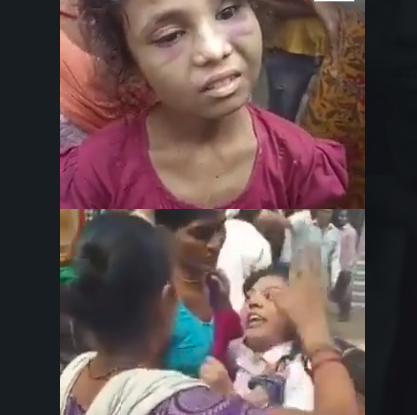On Monday, there were two earthquakes in northern Syria and southern Turkey. According to The New York Times, the impact claimed the lives of at least 7,700 people, and rescue workers are still sifting through the rubble in subfreezing temperatures.
Due to a comparable magnitude earthquake that struck the area in 1999 and killed at least 17,000 people, the World Health Organization warned that the death toll could reach 20,000.
On the Richter scale, the first earthquake had a magnitude of 7.8 while the second one had a value of 7.5. Hours later, the area was still being shaken by aftershocks.
According to CNBC, more than 6,000 structures have been demolished, and about 25,000 rescue workers have been sent to look for survivors. According to a tweet from the United Nations Volunteers program, some volunteers "are using their bare hands to find survivors."
After years of civil strife, most of Syria was already damaged. Over 4.1 million Syrian refugees from the war resided in major portions of Turkey.
According to The Washington Post, President Recep Tayyip Erdogan warned of a humanitarian crisis and "declared a state of emergency for three months in the 10 affected regions."
According to Mark Lowcock, a senior fellow at the Center for Global Development and a former head of UN assistance operations, "Turkey and Syria need all the help they can get." The people in Syria who live in areas that the government does not control may be the most at risk; in order to help them, diplomatic measures must be made with Turkey.
According to CNN, at least 70 nations have pledged support for search and rescue efforts.
According to several experts, it was the strongest earthquake to strike the area in the previous 100 years. The area is known as the East Anatolian fault zone and is densely inhabited, according to The Associated Press, making it particularly prone to earthquakes.
According to CNN, UNICEF spokesperson James Elder stated at a press briefing that this earthquake was the strongest to impact the area in almost 100 years and that it struck the most vulnerable families and children in the afflicted areas at the worst possible time.



